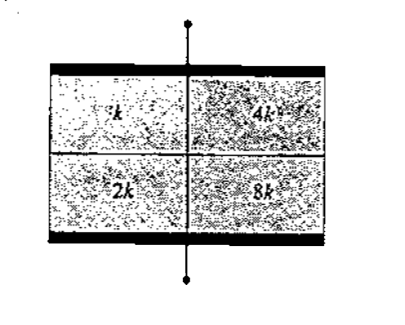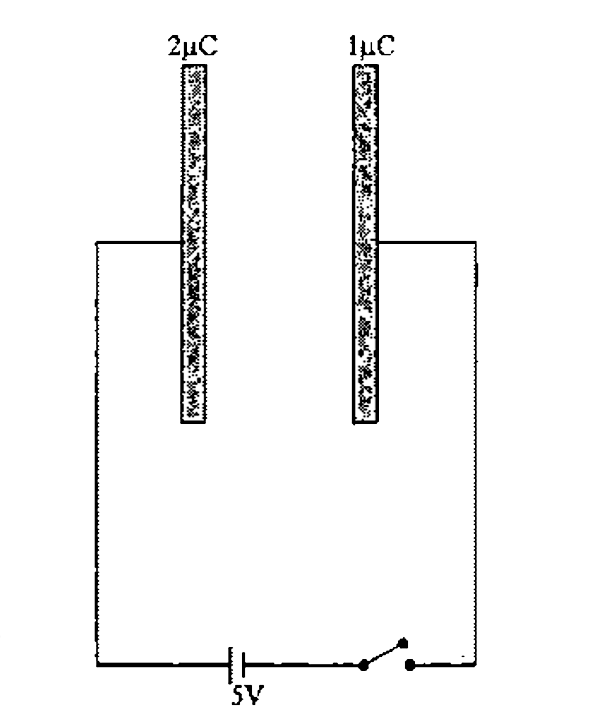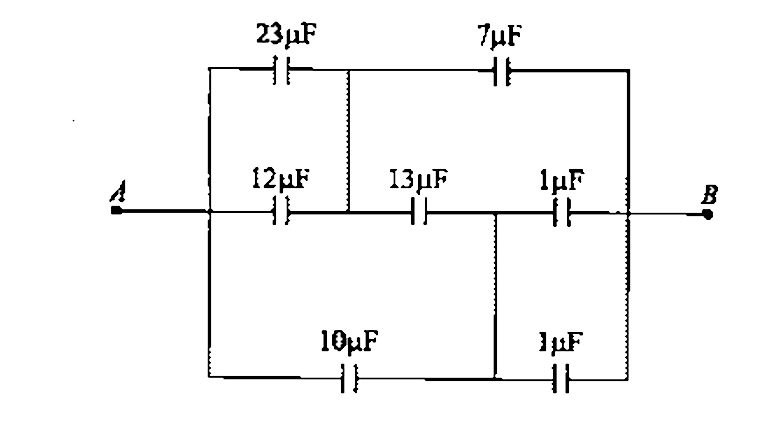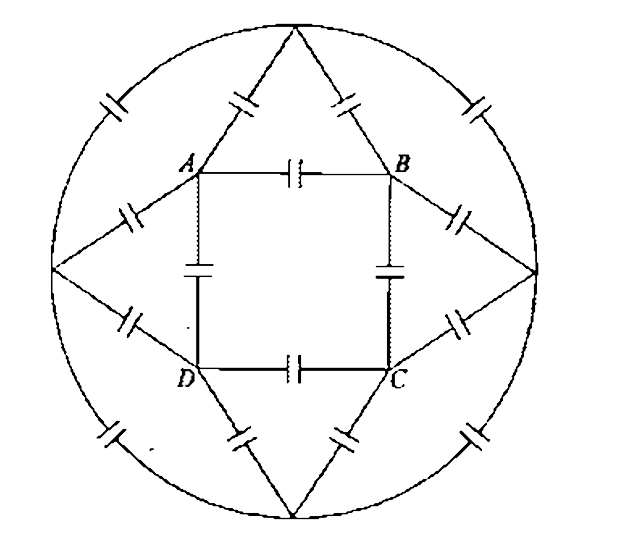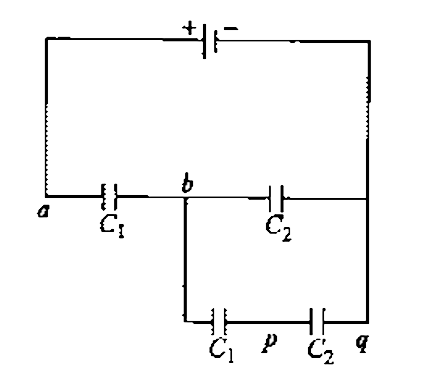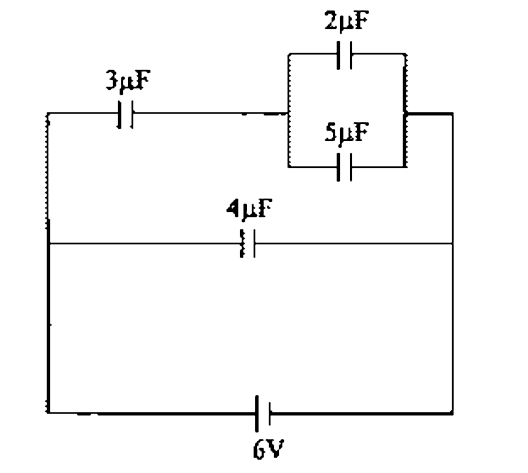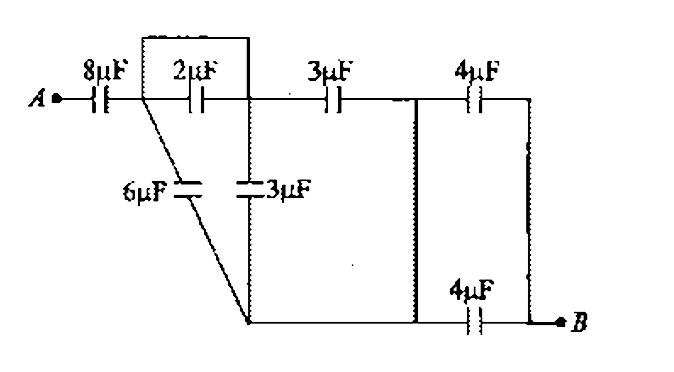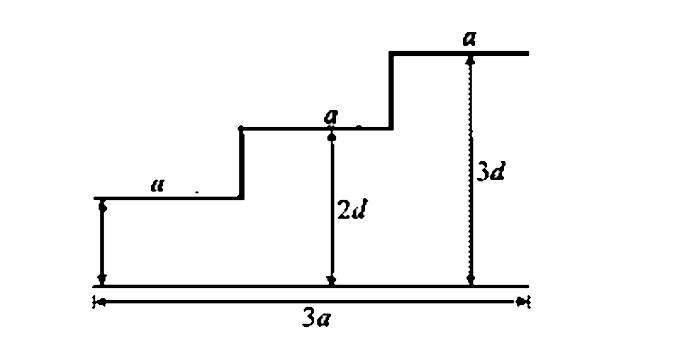ADVANCE MCQS from GK PUBLICATIONS PHYSICS (HINGLISH) CAPACITANCE for Class 12
| Class 12 | PHYSICS |
| Chapter | CAPACITANCE |
| GK PUBLICATIONS PHYSICS (HINGLISH) | ADVANCE MCQS |
| Medium | English |
| Academic Year | 2023-2024 |
Question 9
A parallel plate capacitor is charged to a certain potential difference and the battery used to charged it is disconnected. Now a dielectric slab of dimensions equal to spacing between plates is introduced between the plates. What will be the changes, if any, in the charge, potential difference, capacitance, electric field strength and the energy stored in the capacitor?View SolutionQuestion 10
A capacitor of capacitance C is charged upto a potential difference V. After removing the charging battery, the capacitor is connected (i) in parallel, (ii) in series with an uncharged capacitor of the same capacitance. What will be the effect on the potential difference of the first capacitor in each case?View SolutionQuestion 11
When a dielectric slab is inserted between the plates of a capacitor which is initially charged and disconnected from the source then what can be concluded on the amount of heat dissipated during insertion ? What would be the answer if source remain connected to the capacitor while insertion of the dielectric slab?View SolutionQuestion 15
When a parallel plate capacitor is charged by connecting it across a battery then battery is disconnected. If one plate of capacitor is earthed and isolated then another plate is connected to earth and then isolated. What will be the final charge on the capacitor after this operation. Will it be less than, equal to or more than the initial charge? Explain why?View SolutionQuestion 19
A parallel plate capacitor is connected to a battery and it is in steady state. Connecting wires are considered as perfect conductors. If the plates of capacitor are moved apart by some distance and then after sometime these are brought back to the same separation. Is there any heat dissipated in the circuit in above operation? Explain why?View SolutionQuestion 24
A capacitor is composed of three parallel conducting plates. All three plates are of same area A. The first pair of plates are kept a distance d1 apart and the space between them is filled with a medium of a dielectric ε1. The corresponding values for the second pair of plates are d2. and ε2 respectively. What is the surface charge density on the middle plate?
 View Solution
View SolutionQuestion 26
You have a parallel plate capacitor, a spherical capacitor and a cylindrical capacitor. Each capacitor is charged and then removed from the same battery. Consider the following situations :
I:· Separation between the plates of parallel plate capacitor is reduced
II: Radius of the outer spherical shell of the spherical capacitor is increased
Ill: Radius of the outer cylinder of cylindrical capacitor is increased.
Which of the following is correct?View SolutionQuestion 37
The graph given below shows the variation of electric field E (in MV/m) with time t (in μs) in a parallel plate capacitor

Consider the statements:
(1) The displacement current through a 1m2 region perpendicular to the during the time interval t=0 to t=4μs is 0.0885A (given ε0=8.85×10−12 SI unit)
(2) The displacement current through 1m2 region perpendicular to the field during the time interval t=4μs to 8μs is zero.
Which of the statements given above is/are correct:View SolutionQuestion 38
A parallel plate capacitor of plate area A and plate separation d is charged to potential difference V and then the battery is disconnected. A slab of dielectric constant K is then inserted between the plates of the capacitor so as to fill the space between the plates. If Q, E and W denote respectively, the magnitude of charge on each plate, the electric field between the plates (after the slab is inserted), and work done on the system, in question, in the process of inserting the slab, thenView SolutionQuestion 40
A parallel plate capacitor of capacitance C is connected to a battery and is charged to a potential difference V. Another capacitor of capacitance 2C is ismilarly charged to a potential difference 2V. The charging battery is now disconnected and the capacitors are connected in parallel to each other in such a way that the poistive terminal of one is connected to the negative terminal of the other. The final energy of the configuration is View SolutionQuestion 41
A parallel plate capacitor of capacitance C0 is charged with a charge Q0 to a potential difference V0 and the battery is then disconnected Now a dielectric slab of dielectric constant k is inserted between the plates ofcapacitor. The dimensions of the slab are such that it completely fills the space between the plates, then :View SolutionQuestion 44
When a battery of emf E volts is connected across a capacitor of capacitance C, then after some time the potential difference between the plates of the capacitor becomes equal to the battery voltage. The ratio of the work done by the battery and the energy stored in the capacitor when it is fully charged is View SolutionQuestion 45
Find equivalent capacitance between points A and B. [Assume each conducting plate is having same dimensions and neglect the thickness of the plate ε0Ad=7μF where A is area of plate]<imga≤ocr_imageload∈g=lazysrc=https://d10lpgp6xz60nq.cloudfront.net/physics_images/DCP_VOL_4_C25_E01_045_Q01.pngwh=80%mx-autosty≤=background:white;>View SolutionQuestion 47
Two similar parallel plate capacitors each of capaciti C0 are connected in series The combination is connected with a voltage source of V0. Now, seperation between the plates of one capacitor is increased by a distance d and the separation between the plates of another capacitor is decreased by the distance d2. The distance between the plates of each capacitor was d before the chane in sepration. Then select the correct choice.View SolutionQuestion 49
A parallel plate capacitor with air between the plates has capacitance of 9pF. The separation between its plates is 'd'. The space between the plates is now filled with two dielectrics. One of the dielectrics has dielectric constant k1=3 and thickness d3 while the other one has dielectric constant k2=6 and thickness 2d3. Capacitance of the capacitor is nowView SolutionQuestion 51
A parallel plate capacitor with a dielectric slab with dielectric constant k=3 filling the space between the plates is charged to potential V and isolated. Then the dielectric slab is drawn out and another dielectric slab of equal thickness but dielectric constant k'=2 is introduced between the plates. The ratio of the energy stored in the capacitor later to that initially is:View SolutionQuestion 53
A parallel plate condenser with a dielectric of dielectric constant K between the plates has a capacity C and is charged to a potential V volt. The dielectric slab is slowly removed from between the plates and then reinserted. The net work done by the system in this process isView SolutionQuestion 59
The plates of a parallel plate capacitor are charged up to 100v. Now, after removing the battery, a 2mm thick plate is inserted between the plates Then, to maintain the same potential deffernce, the distance betweem the capacitor plates is increase by 1.6mm. The dielectric canstant of the plate is .View SolutionQuestion 60
A capacitor is charged until its stored energy is 3J and then the charging battery is removed. Now another uncharged capacitor is connected across it and it is found that charge is distributed equally in the two capacitors. The final value of total energy stored in the electric fields is :View SolutionQuestion 70
A capacitor consists of two parallel metal plates of area A separated by a distance d. A dielectric slab of area A, thickness b and dielectric constant k is placed inside the capacitor. If Ck is the capacitance of capacitor with dielectric, under what limits the values of k and b are to be restricted so thatCk=2C, where C is capacitance without dielectric?View SolutionQuestion 79
Condenser A has a capacity of 15μF when it is filled with a medium of dielectric constant 15. Another condenser B has a capacity 1μF with air between the plates. Both are charged separately by a battery of 100V. After charging, both are connected in parallel without the battery and the dielectric material being removed. The common potential now is View SolutionQuestion 86
Two parallel plate capacitors of capacitances C and 2C are connected in parallel and charged to a potential difference V. The battery is then disconnected and the region between the plates of the capacitor C is completely filled with a material of dielectric constant K. The potential differences across the capacitors now becomes...........View SolutionQuestion 93
A fully charged capacitor has a capacitance 'C'. It is discharged through a small coil of resistance wire embedded in a thermally insulated block of specific heat capacity 's' and mass 'm'. If the temperature of the block is raised by 'DeltaT', the potential difference 'V' across the capacitance is View SolutionQuestion 94
A parallel plate capacitor with air between the plates has capacitance of 9pF. The separation between its plates is 'd'. The space between the plates is now filled with two dielectrics. One of the dielectrics has dielectric constant k1=3 and thickness d3 while the other one has dielectric constant k2=6 and thickness 2d3. Capacitance of the capacitor is nowView SolutionQuestion 107
The distance between the plates of a charged plate capacitor disconnected from the batteryis 5cm and the intensity of the field in it is E=300V/cm. An uncharged metal bar 1cm thick is introduced into the capacitor parallel to its planes. The potential difference between the plates now is :View SolutionQuestion 110
A capacitor of capacity C is charged to a potential difference V and another capacitor of capacity 2C is charged to a potential difference 4V. The charged batteries are disconnected and the two capacitors are connected with reverse polarity (i.e. positive plate of first capacitor is connected to negative plate of second capacitor). The heat produced during the redistribution of charge between the capacitors will be View SolutionQuestion 115
The plates of a parallel-plate capacitor are separated by a solid dielectric. This capacitor and a resistor are connected in series across the terminals ofa battery. Now the plates of the capacitor are pulled slightly further apart. After some time circuit again attains steady state.View SolutionQuestion 119
A dielectric slab fills the space between the square plates of a parallel-plate capacitor. The side of each plate of the capacitor is L. The magnitude of the bound charges on the slab is 75% of the magnitude of the free charge on the plates. The capacitance is 480μF and the maximum charge that can be stored on the capacitor is 240ε0L2Emax, where Emax is the breakdown strength of the medium:View SolutionQuestion 121
A parallel plate air capacitor is connected to a battery. The quantities charge, voltage, electric field and energy associated with this capacitor are given by Q0 , V0, E0 and U0 respectively. A dielectric slab is now introduced to fill the space between the plates with battery still in connection. The corresponding quantities now given by Q, V, E and U are related to the previous one asView SolutionQuestion 137
Two square metal plates of side 1m are kept 0.01m apart like a parallel plate capacitor in air in such a way that one of their edges is perpendicualr to an oil surface in the a tank filled with an insulating oil. The plates are connected to a battery of emf 55V. The plates are then lowered vertically into the oil at a speed of 0.001ms−1. Calculate the current drawn from the battery during the process.
(Dielectric constant of oil =11,ε0=8.85×10−12N−1m−2).View SolutionQuestion 140
An air cylindrical capacitor eith a dc voltage V=200V applied across it is being submerged vertivally into a vessel filled with water at a velocity v=5.0mm/s. The electrodes of the capacitors are separated by a distance d=2.0mm, the mean curvature radius of the electrodes is equal to r=50mm. Find the current flowing in this case along lead wires, if d<<r.View SolutionQuestion 141
Between the plates of a parallel-plate capacitor there is a metallic plate whose thickness takes up η=0.60 of the capacitor gap. When that plate is absent the capacitor has a capacity C=20nF. The capacitor is connected to a dc voltage source V=100V. The metallic plate is slowly extraced from the gap. Find :
(a) the energy increment of the capacitor,
(b) the mechanical work performed in the process of plate extraction.View SolutionQuestion 144
(a) Find the capacitance of spherical capacitor having concentric shells of radii a a and b(b>a). The space between the shells is completely filled by a dielectric of constant k.
(b) Find the capacitance if dielectric is filled upto an intermediate radius c(a<c<b) between the shells.View SolutionQuestion 145
If half the space between two concentric conducting spheres be filled with dielectric of dielectric constant k and the rest is filled with air. Show that the capacitance of the capacitor thus formed will be same as if the whole part is filled with the dielectric of dielectric constant 12(1+k):View SolutionQuestion 146
Two, capacitors A and B are connected in series across a 100V supply and it is observed that the potential difference across them are 60V and 40V. A capacitor of 2p.F capacitance is now connected in parallel with A and the potential difference across B rises to 90V. Determine the capacitance of A and BView SolutionQuestion 147
The voltage applied across a capacitor having a capacitance of 10μF is varies as shown in figure:
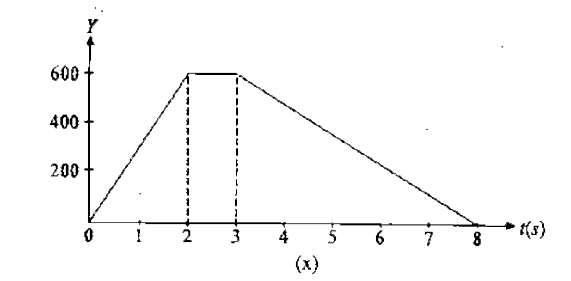
At the time instant when the terminal voltage across capacitor is 600V calculate
(a) The charge on capacitor ltBrgt (b) The energy stored in the capacitor
(c) Draw the curve of current in connecting wires as a function of time.View SolutionQuestion 151
A 1μF capacitor and a 2µF capacitor are connected in series across a 1200V supply line.
a. Find the charge on each capacitor and the voltage across them.
b. The charged capacitors are disconnected from the line and from each other and reconnected with terminals of like sign together. Find the final charge on each and the voltage across them.View SolutionQuestion 154
The dielectric to be used in a parallel-plate capacitor has a dielectric constant of 3.60 and a dielectric strength of 1.60×107V/m. The capacitor is to have a capacitance of 1.25×10−9F and must be able to withstand a maximum potential difference of 5500V. What is the minimum area the plates of the capacitor may have? View SolutionQuestion 155
The space between the plates of a parallel plate air capacitor is filled with an isotropic dielectric medium of which dielectric constant varies in the direction perpendicular to the plates according to the relation given as
k=k1[1+sinπdx]
Where d is the separation, between the plates and k1 is a constant. The area of the plates is A. Determine the capacitance of the capacitor.View SolutionQuestion 156
Two condensers A and B each having slabs of dielectric constant K=2 are connected in series. When they are connected across 230V supply, potential difference across A is 130V and that across B is 100V. If the dielectric in the condenser of smaller capacitance is replaced by one for which K=5, what will be the values of potential difference across them? View SolutionQuestion 158
Two identical planar capacitor connected in parallel and charged to a voltage U0=12V. When you disconnect them from the voltage source, the distance between the plates of one of the capacitors is reduced to one third of the original distance. What will be the new voltage on the capacitors ?View SolutionQuestion 159
A parallel - plate capacitor of plate area A and plate separation d is charged to a potential difference V and then the battery is disconnected . A slab of dielectric constant K is then inserted between the plate of the capacitor so as to fill the space between the plate .Find the work done on the system in the process of inserting the slab.View SolutionQuestion 160
A parallel plate vacuum capacitor with plate area A and separation x has charges +Q and −Q on its plates. The capacitor is disconnected from the source of charge, so the charge on each plate remains fixed.
(a) What is the total energy stored in the capacitor?
(b) The plates are pulled apart an additional distance dx. What is the change in the stored energy?
(c) If F is the force with which the plates attract each other, then the change in the stored energy must equal the work dW=Fdx done in pulling the plates apart. Find an expression for F.
(d) Explain why F is not equal to QE, where E is the electric field between the plates. View SolutionQuestion 162
In the circuit shown in figure, capacitor A has capacitance C1=2μF when filled with a di-electric slab of dielectric constant k=2. Capacitors B and C are air capacitors and have capacitances C2=3μF and C3=6μF, respectively. A is charged by closing switch S1 alone
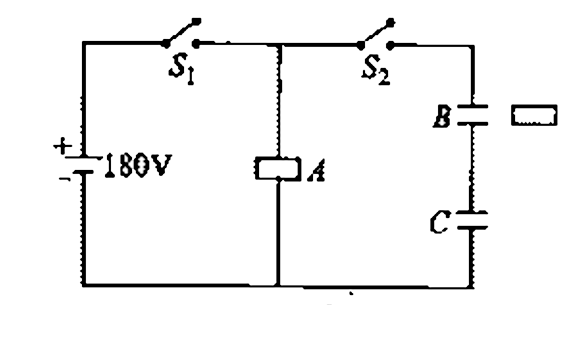
(a) Calculate energy supplied by battery during process of charging. Switch S1 is now opened and S2 is closed.
(b) Calculate charge on B and energy stored in the system when electrical equilibrium is attained. Now switch S2 is also opened, slab of A is removed. Another di-electric slab of K=2, which can just fill the space in B, is inserted into it and then switch S2 alone is closed.
(c) Calculate by how many times electric field in B is increased. Calculate also, loss. of energy during redistribution of charge.View SolutionQuestion 166
The plates of a parallel plate capacitor are separated by a distance d=1cm. Two parallel sided dielectric slabs of thickness 0.7cm and 0.3cm fill the space between the plates. If the dielectric constants of the two slabs are 3 and 5 respectively and a potential difference of 440V is applied across the plates. Find (a) The electric field intensities in each of the slabs. (b) The ratio of electric energies stored in the first to that in the second dielectric slab.View SolutionQuestion 167
Two parallel plate capacitors of capacitance C and 2C are connected in parallel then following steps are performed.
(i) A battery of voltage V is connected across the capacitors.
(ii) A dielectric slab ofrelative permittivity k is slowly inserted in capacitor C.
(iii) Battery is disconnected.
(iv) Dielectric slab is slowly removed from capacitor.
Find the heat produced in (i) and work done by external aent in step (ii) & (iv).View SolutionQuestion 168
A charge 200mC is imparted to .each of the two identical parallel plate capacitors connected in parallel. At t=0, the plates ofboth the capacitors are 0.1m apart. The plates of first capacitor move towards each other with velocity 0.001m is and plates of second capacitor move apart with the same velocity. Find the current in the circuit.View SolutionQuestion 171
Three capacitors each having capacitance C=2μF are connected with a battery of emf30V as shown in. when the switch S is closed, find
a. the amount of charge flowing through the battery ,
b. the heat generated in the circuit,
c. the energy supplied by the battery,
d. the amount of charge flowing through the switch S.
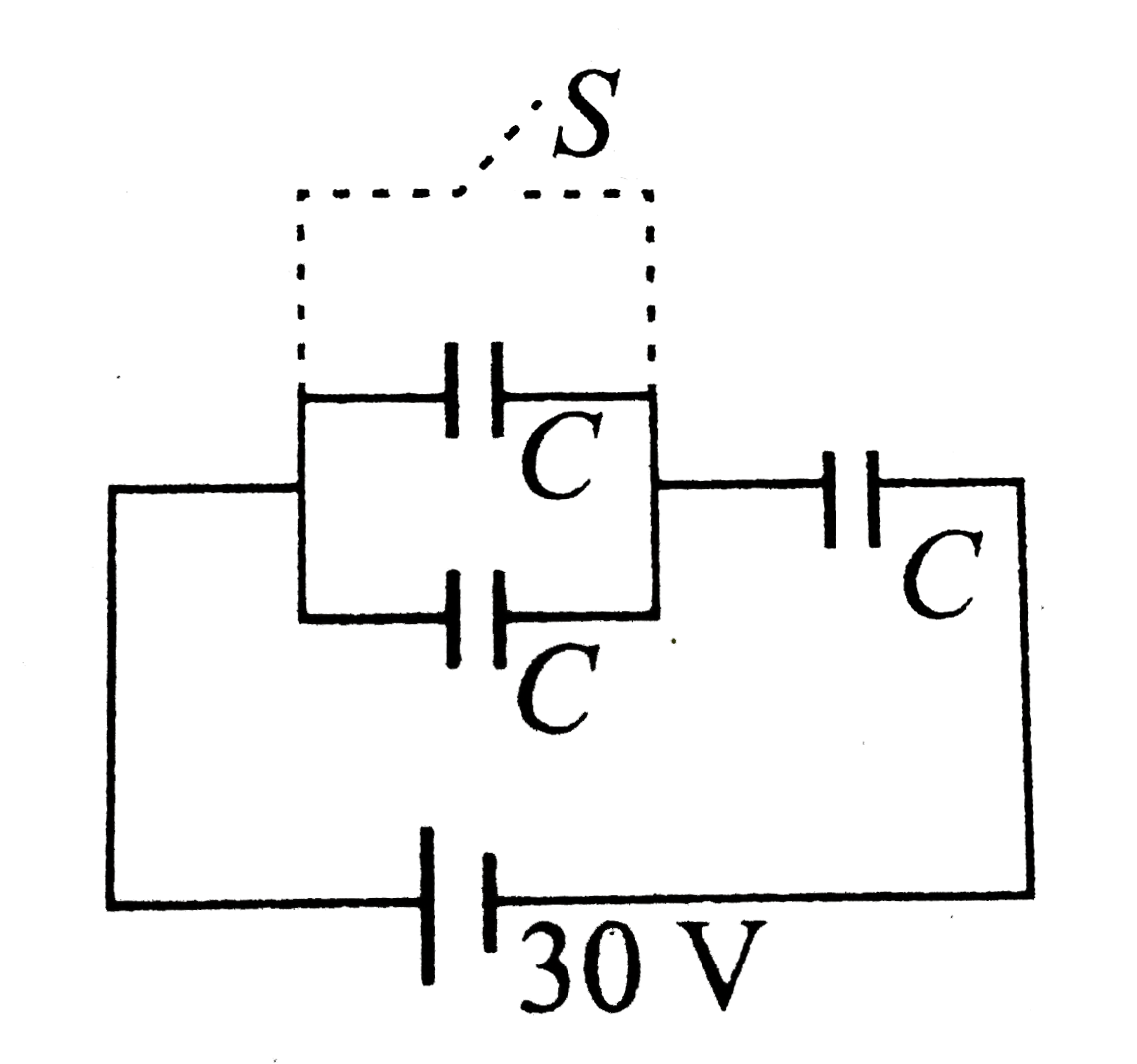 .View Solution
.View SolutionQuestion 172
Consider the situation shown in figure. The plates of the capacitor have plate area 1A=lb1 and are clamped in the laboratory. The dielectric slab is released from rest with length a inside the capacitor. Neglecting any effect of friction or gravity, show that the slab will execute periodic motion and find its time period.
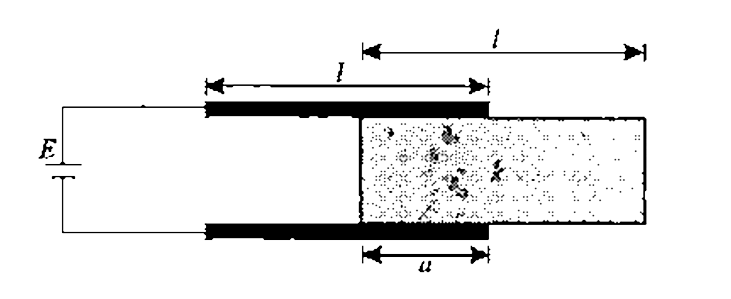 View Solution
View SolutionQuestion 176
Figure shows a capacitor having three layers of equal thickness and same area as that of its plates. Layer-I is free space, Layer-II is a conductor and Layer-Ill is a dielectric of dielectric constant k. Calculate the ratio of energy stored in region III to total energy stored in capacitor when a potential difference is applied across the plates of capacitor.
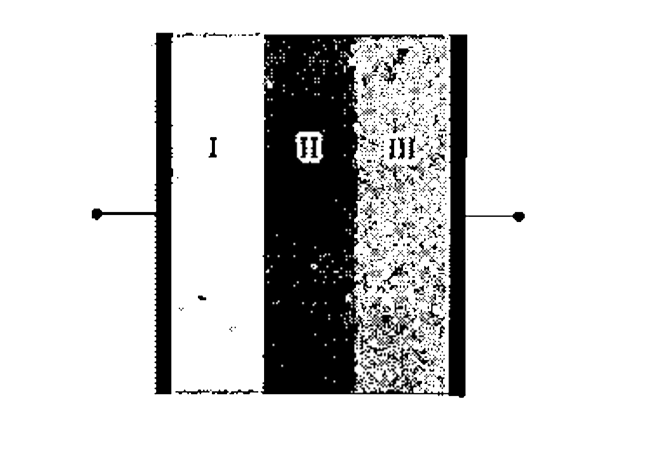 View Solution
View Solution

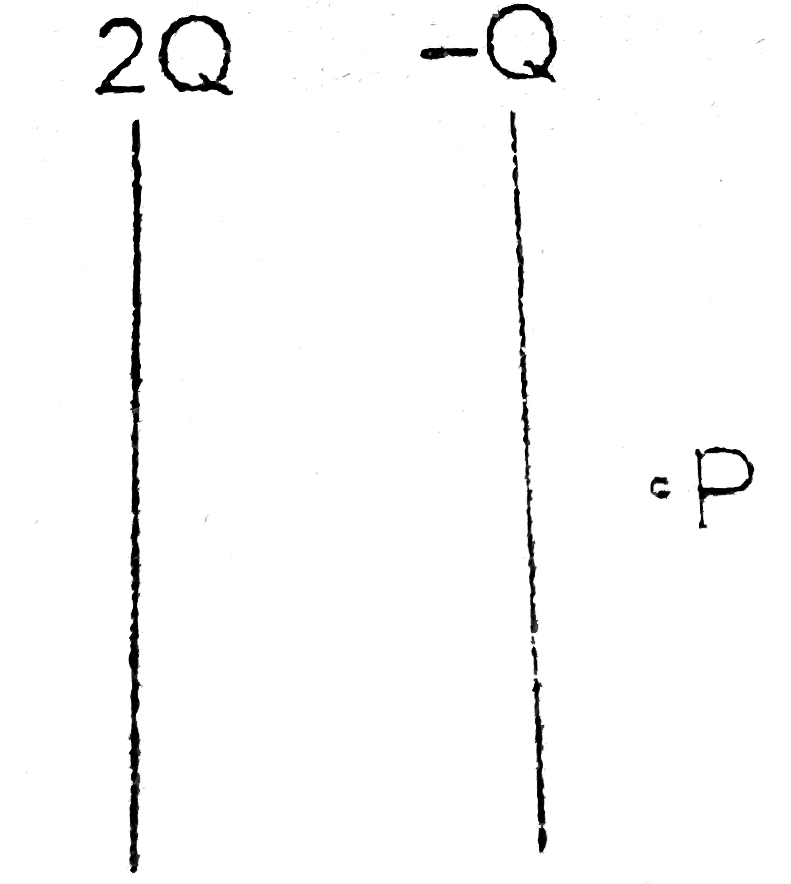

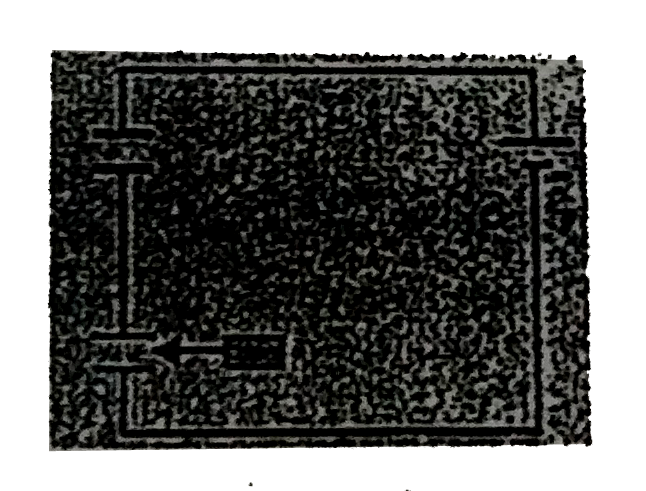
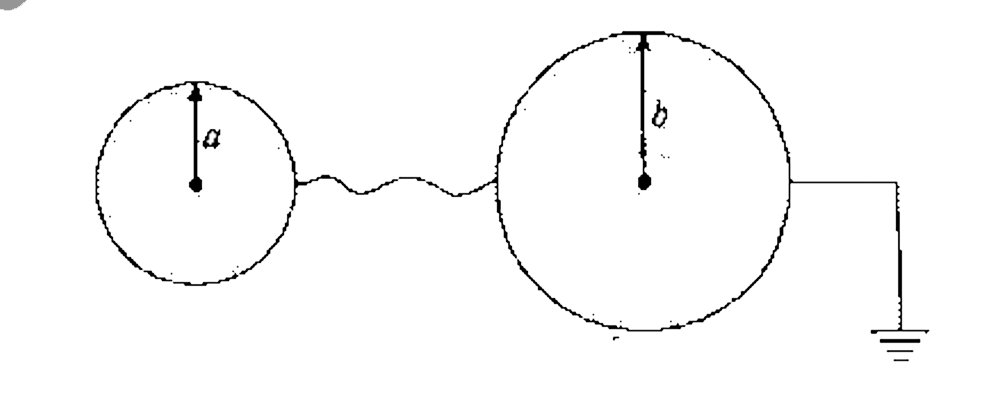

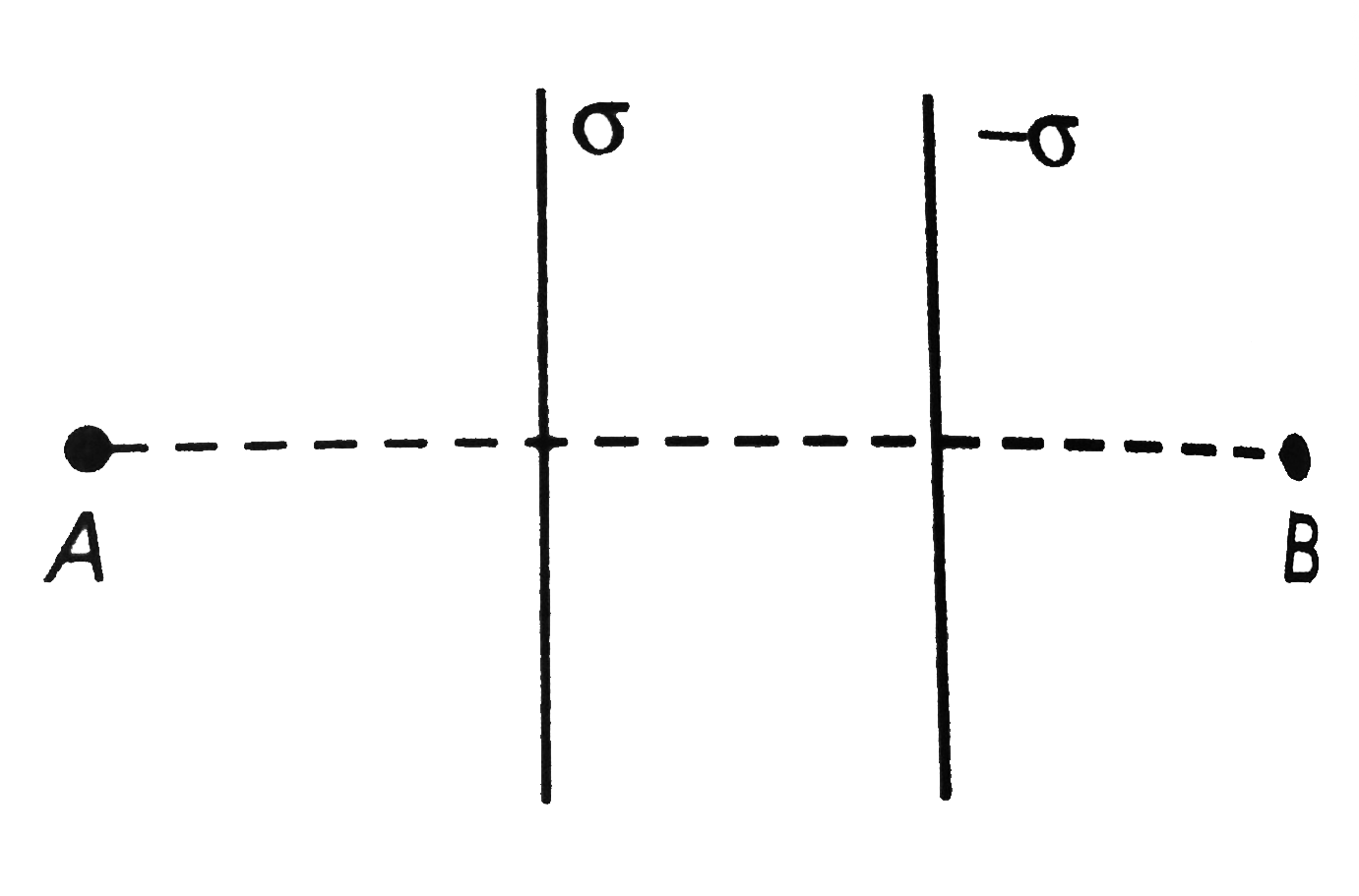
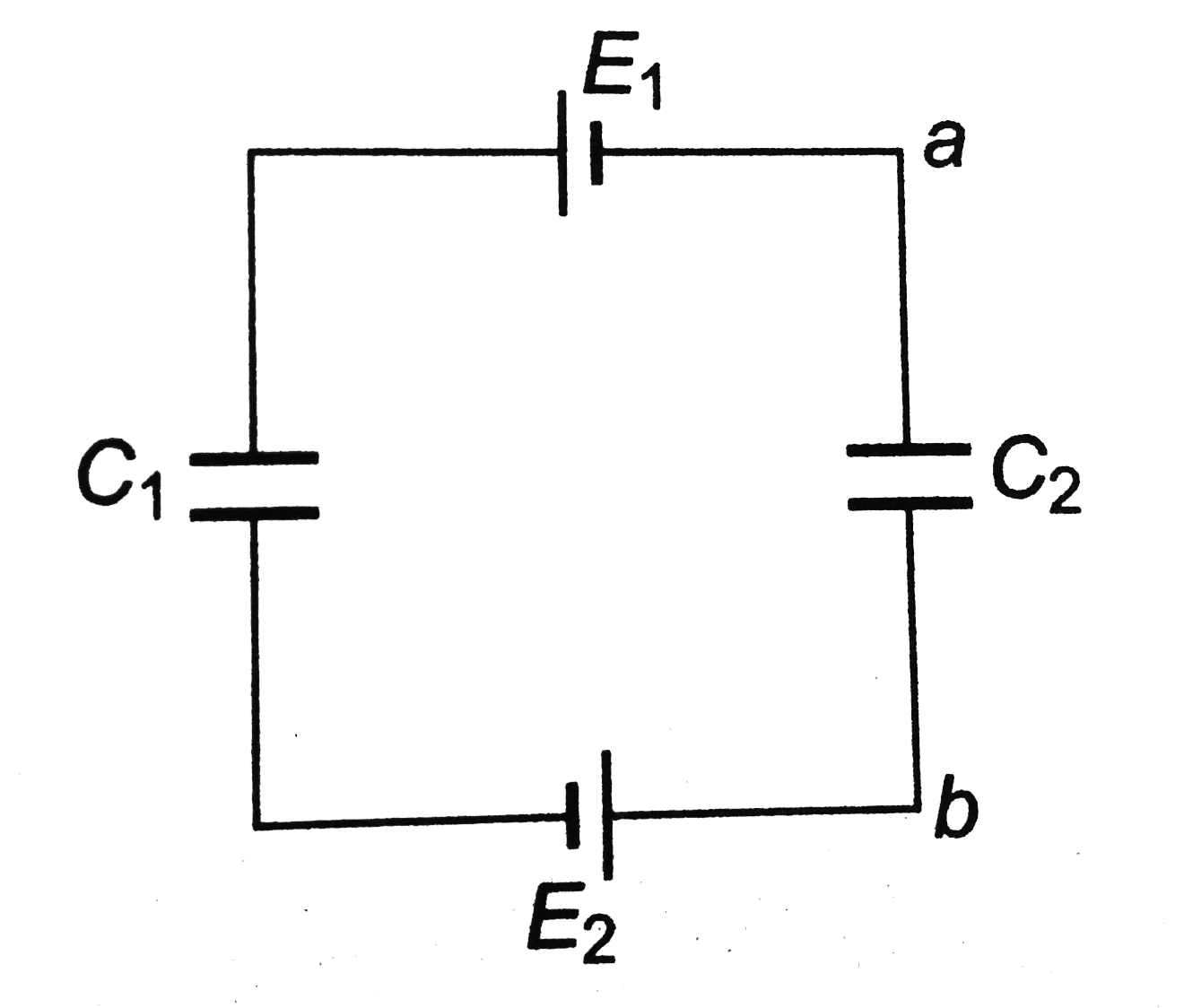

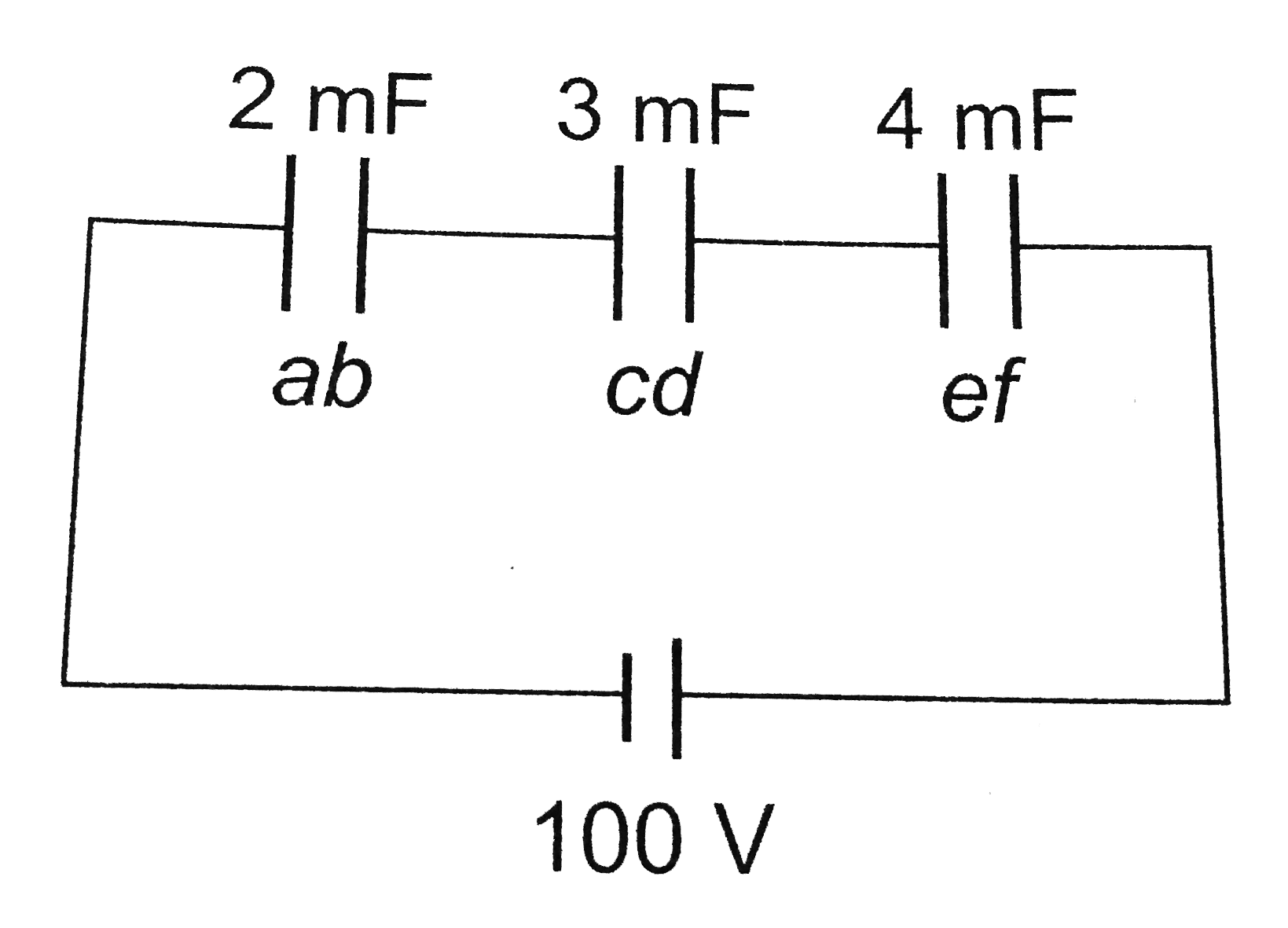
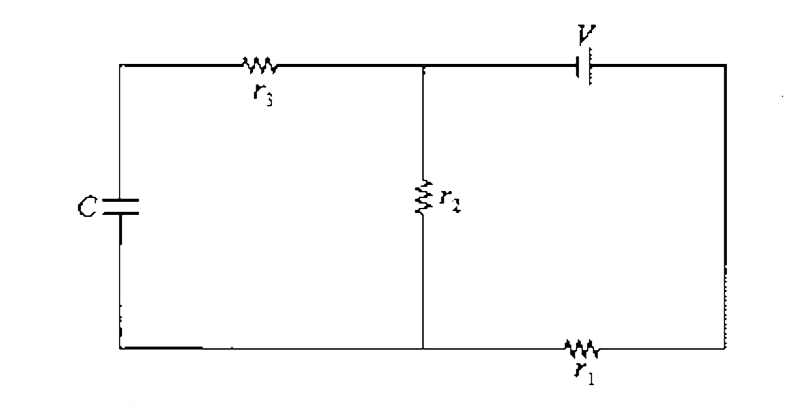
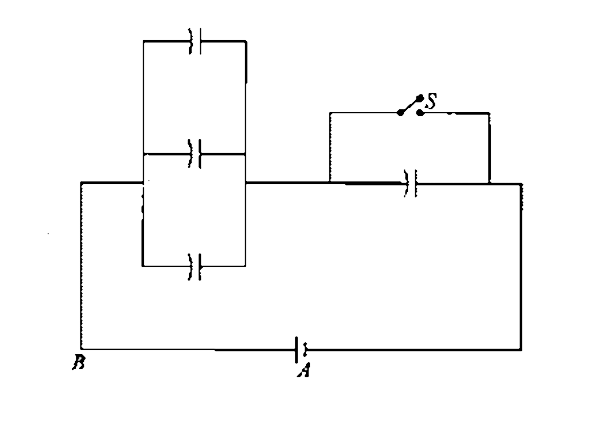
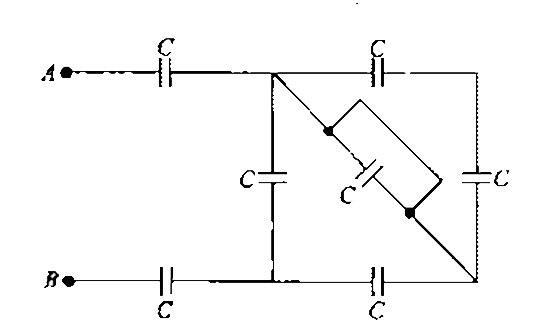
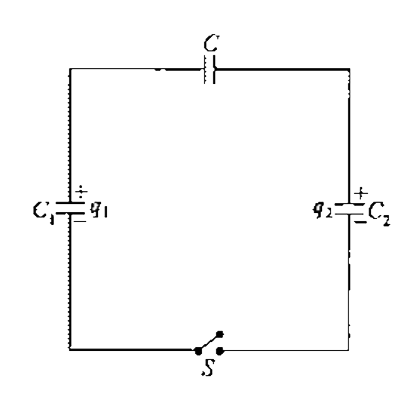


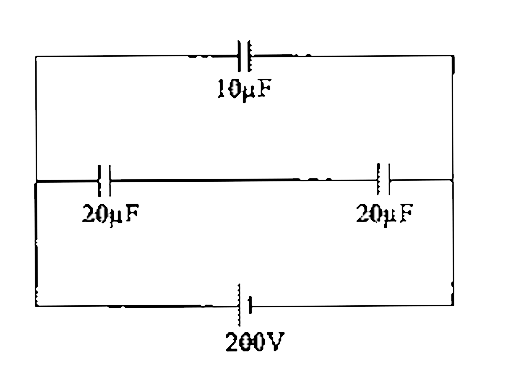
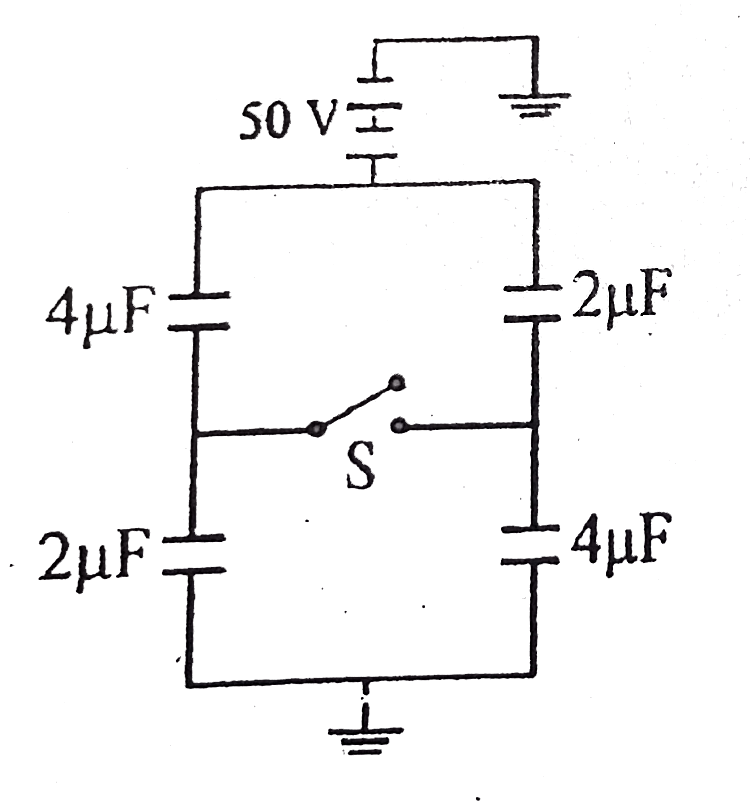
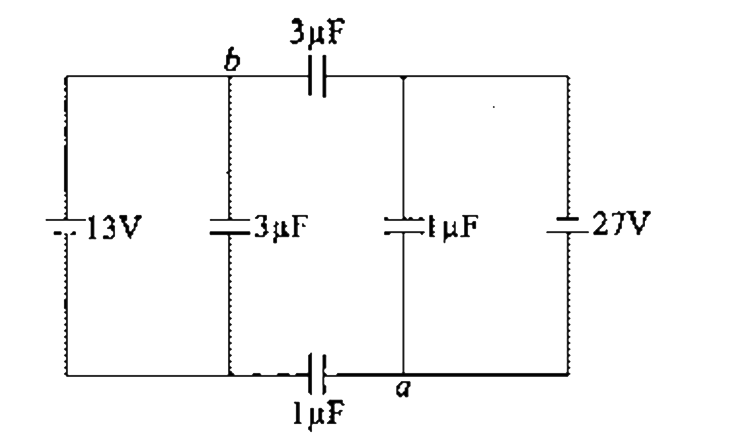

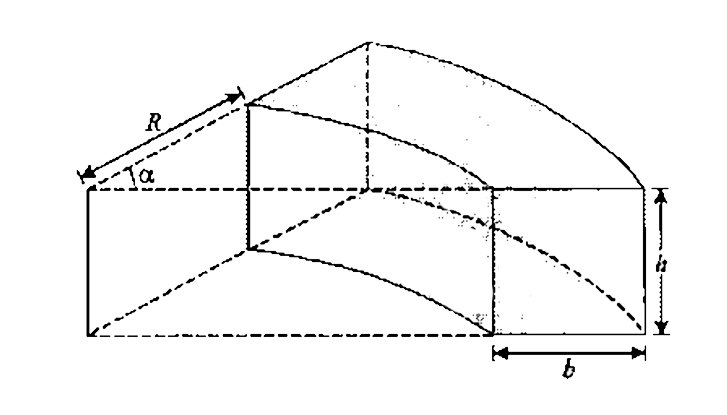
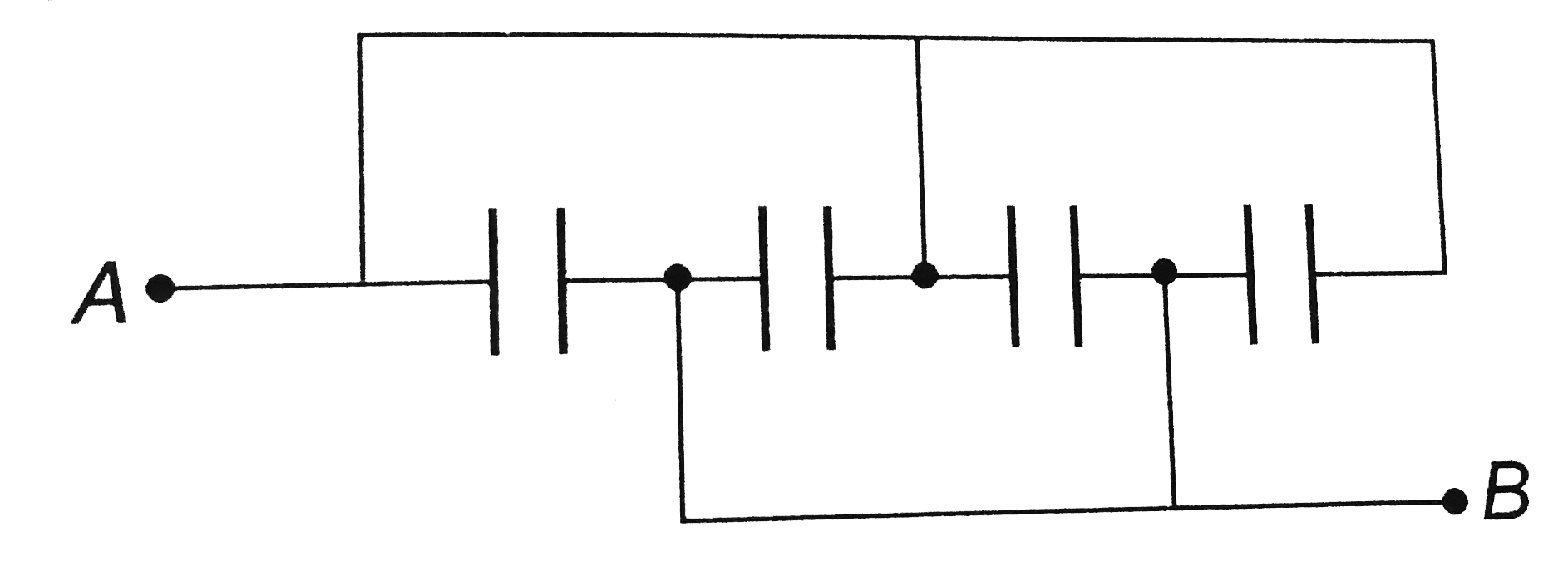
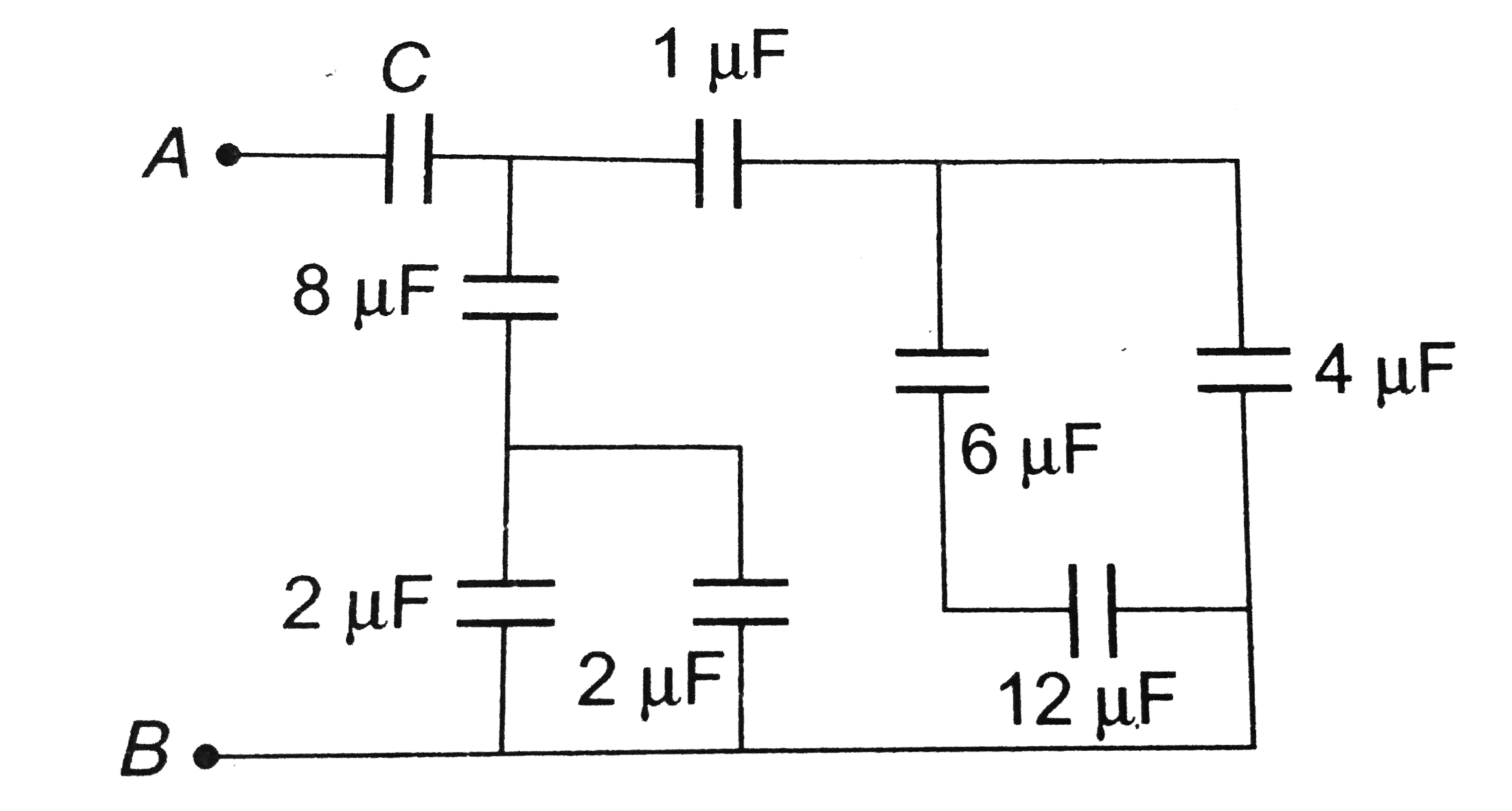

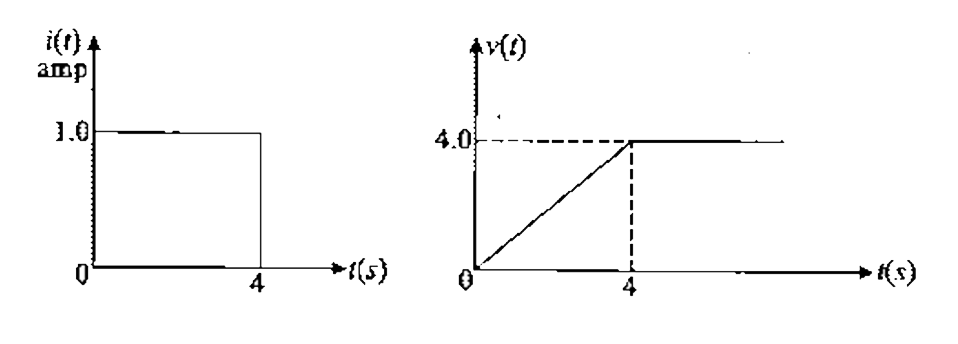

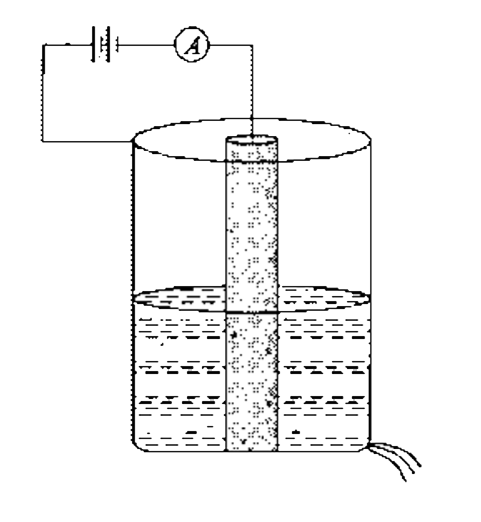

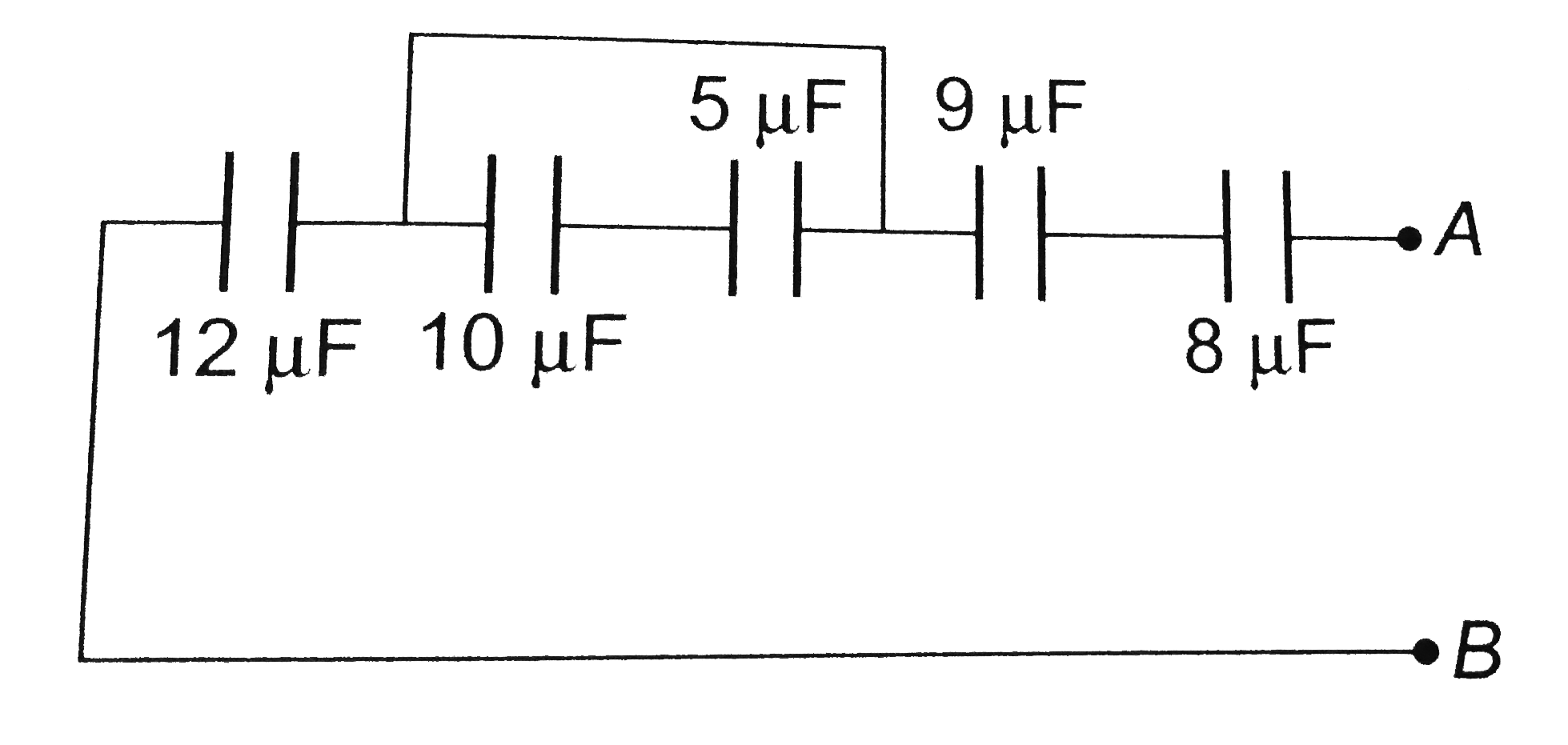
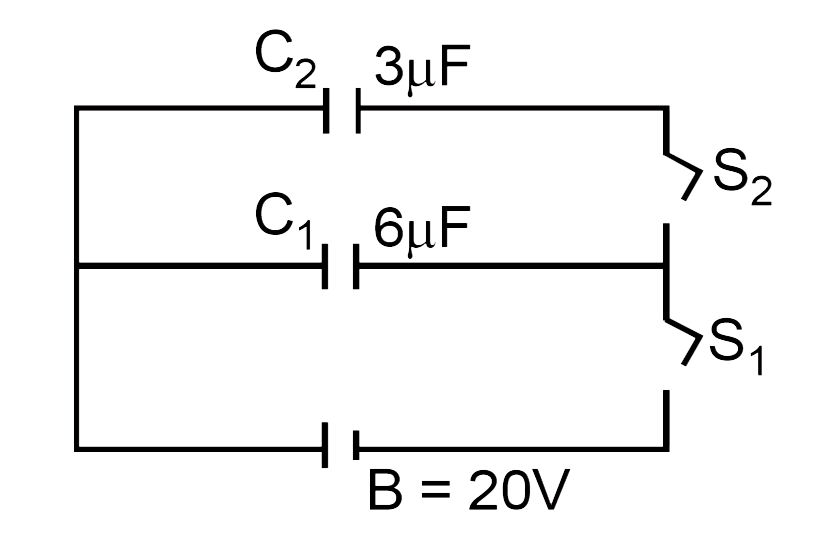

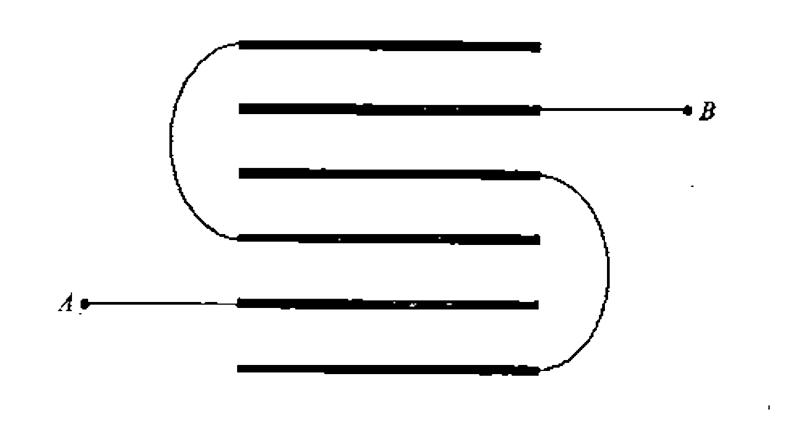
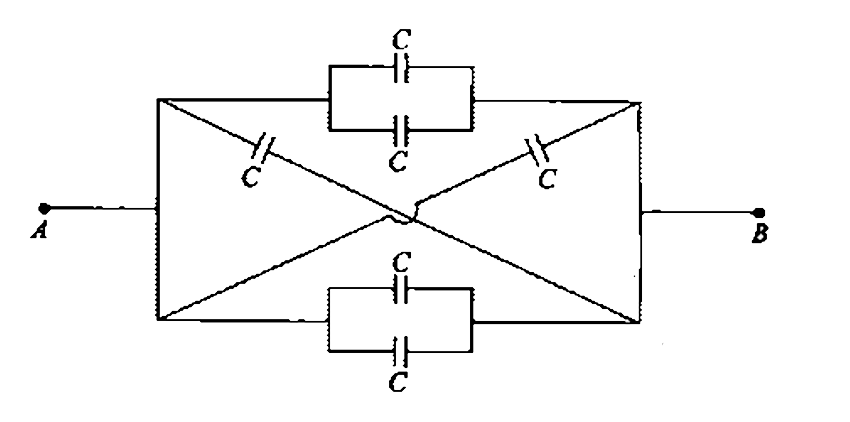

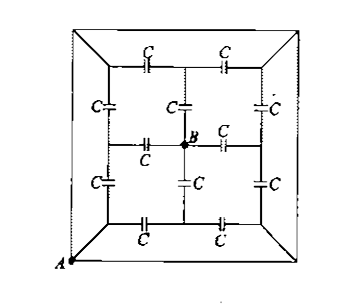
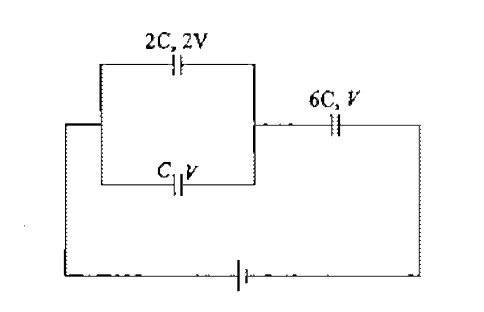
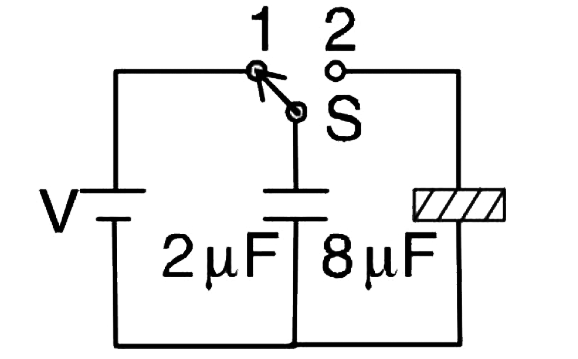
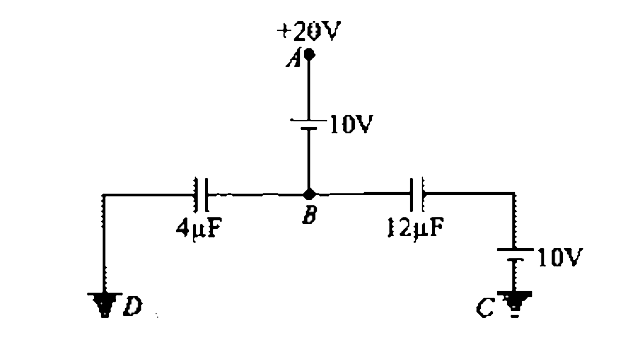

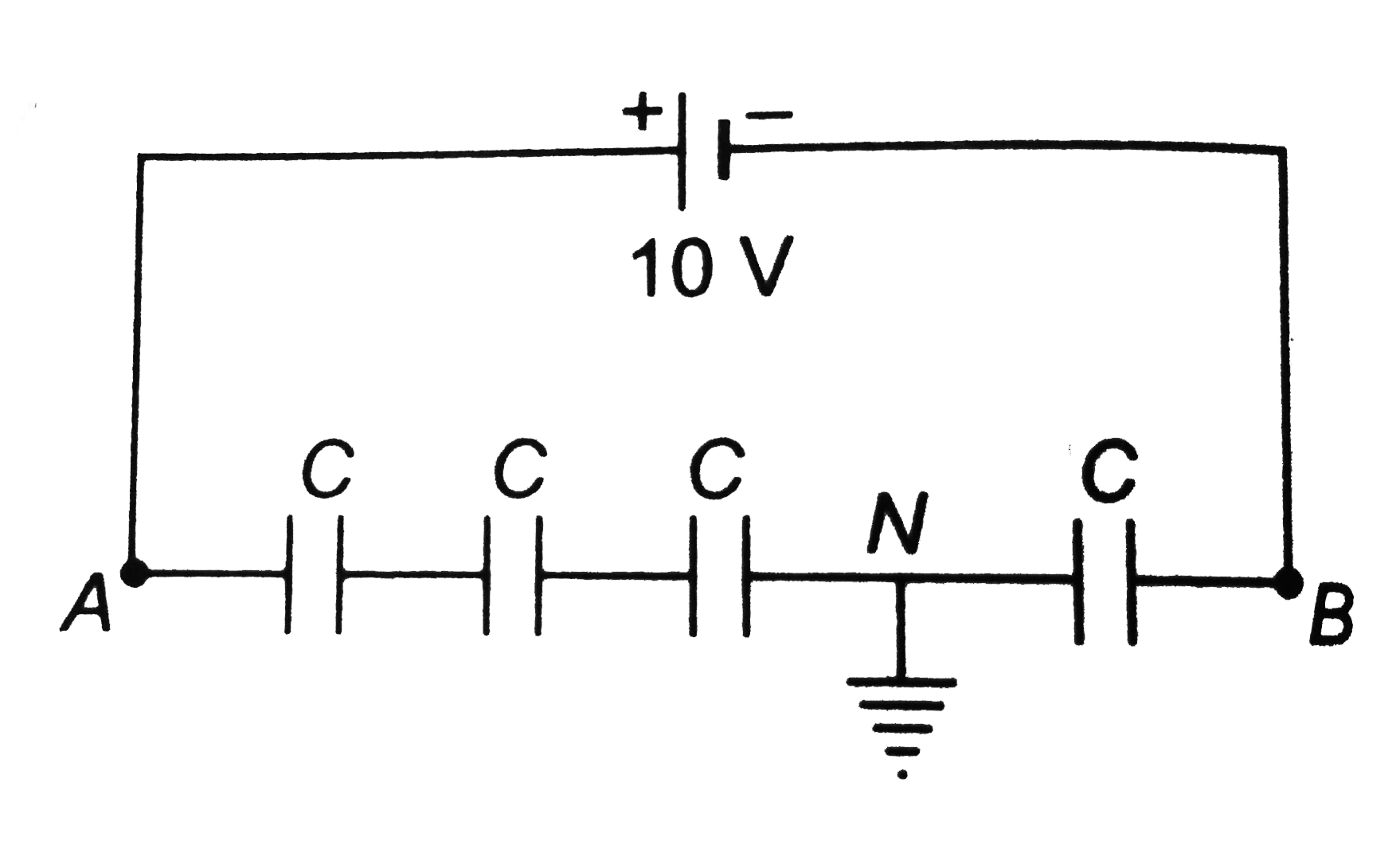

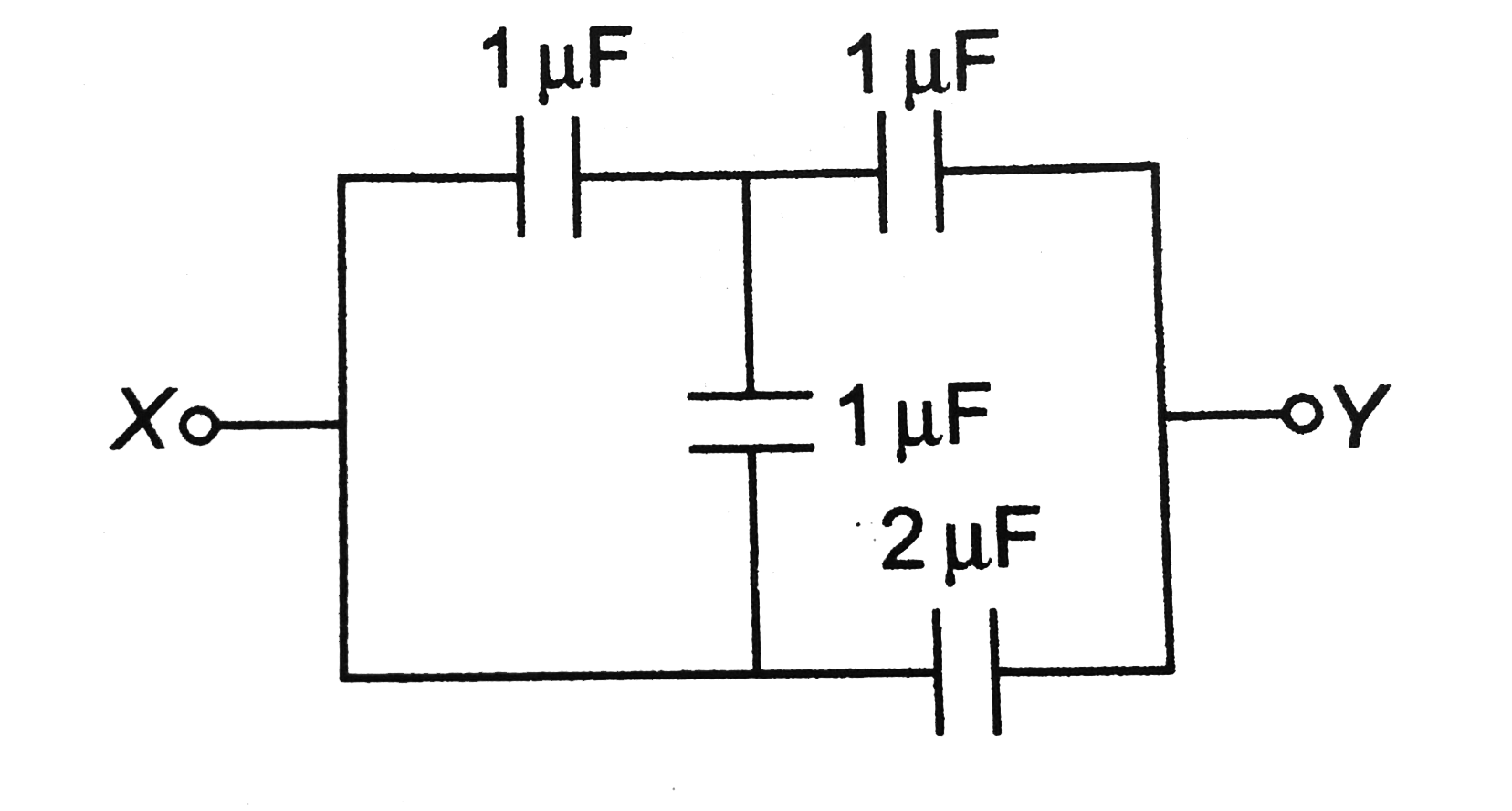
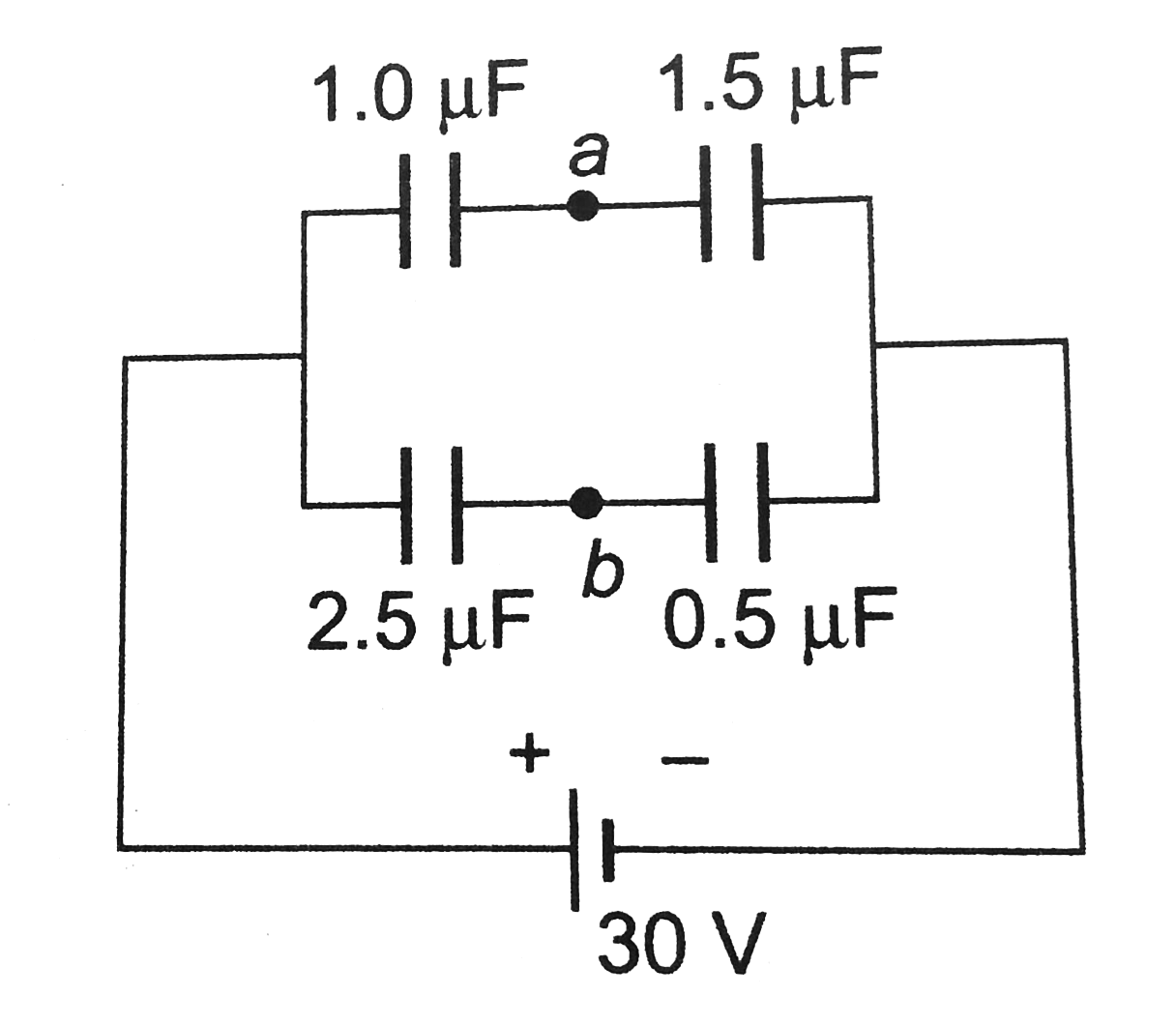
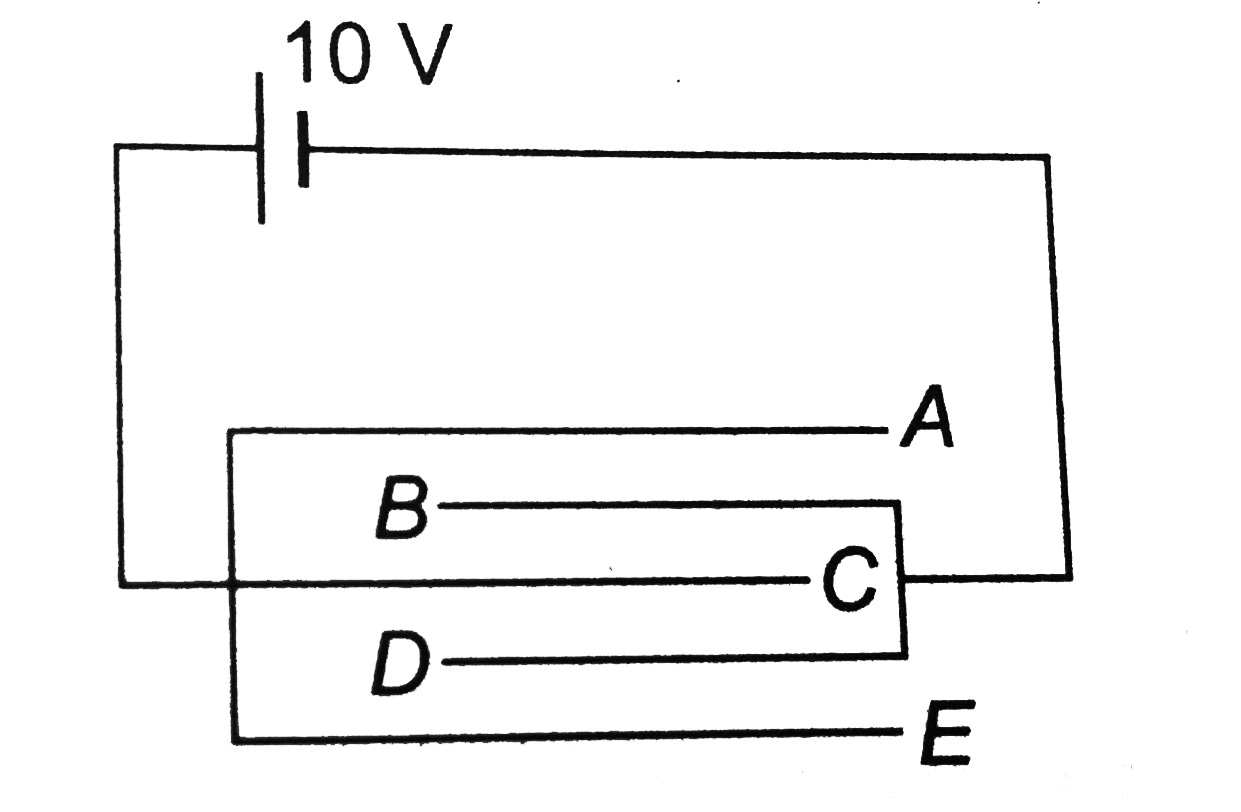
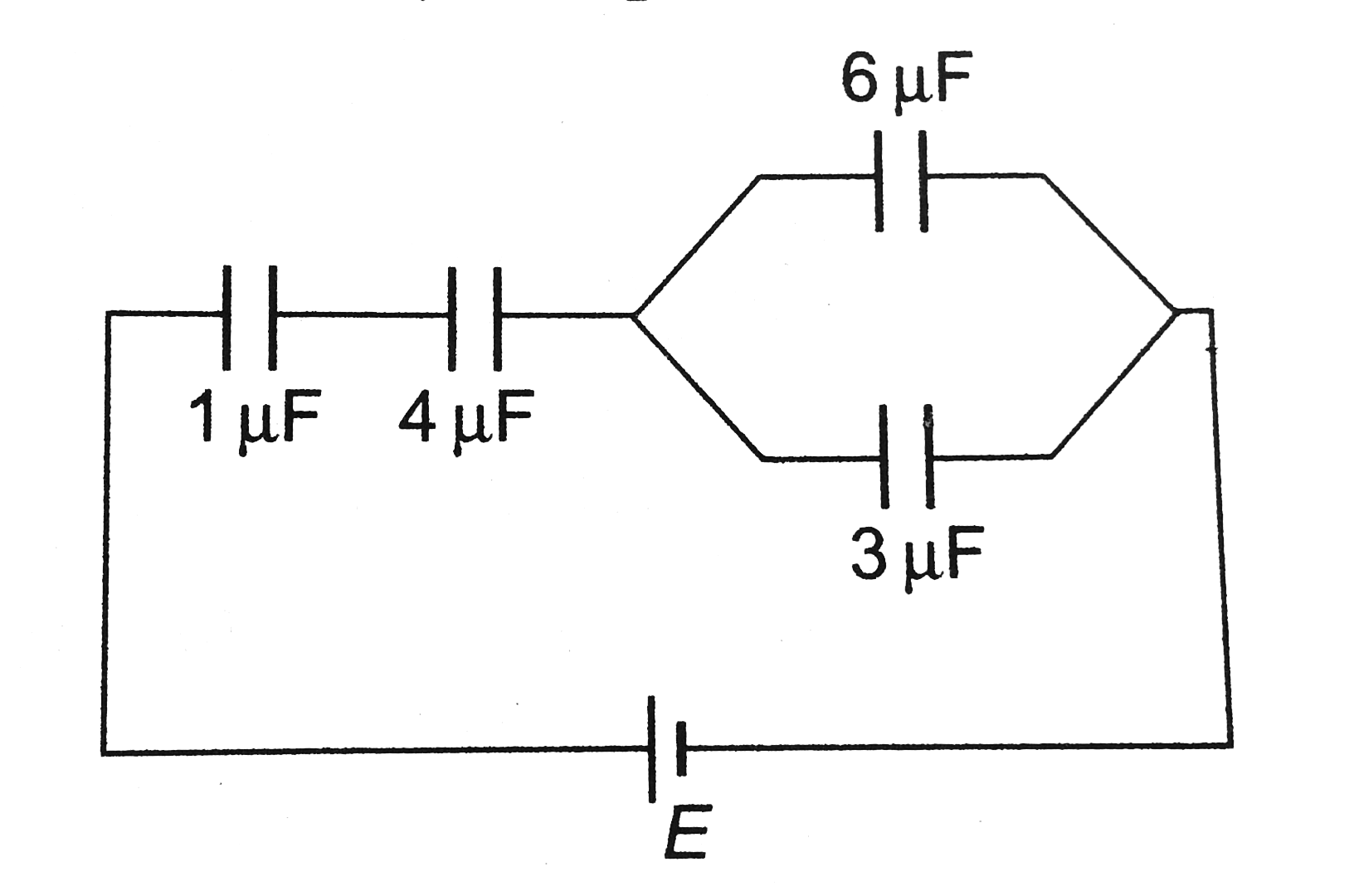
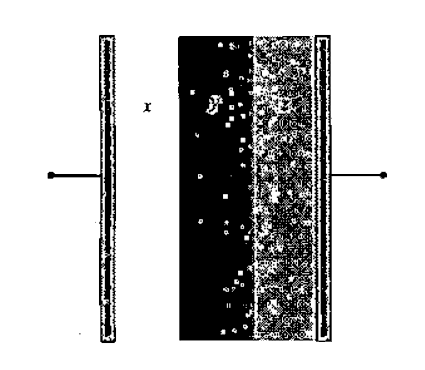
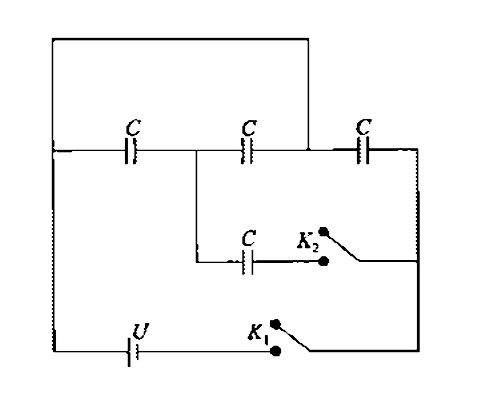
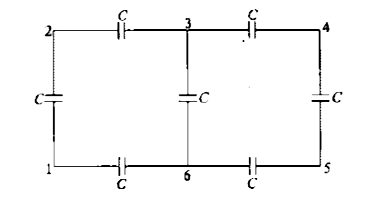

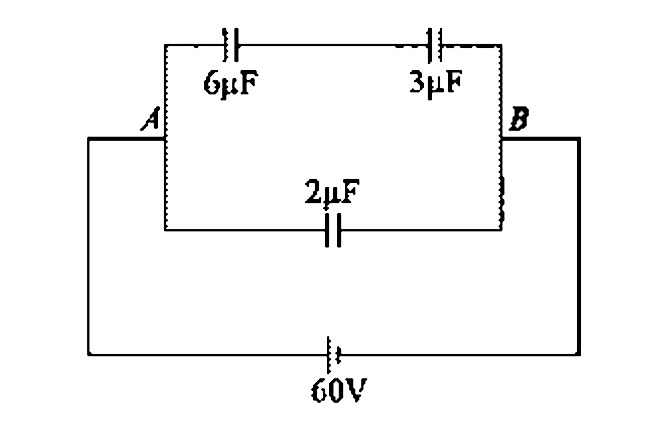
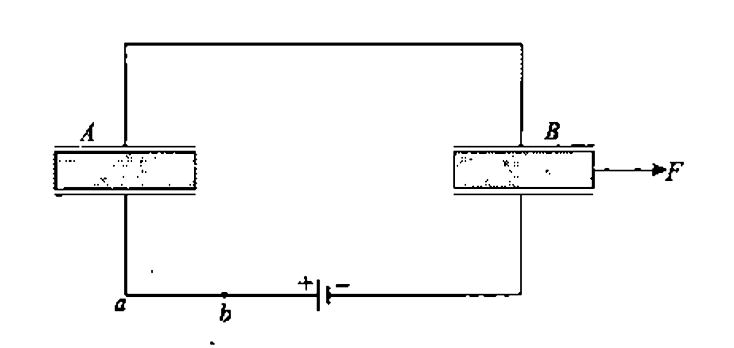
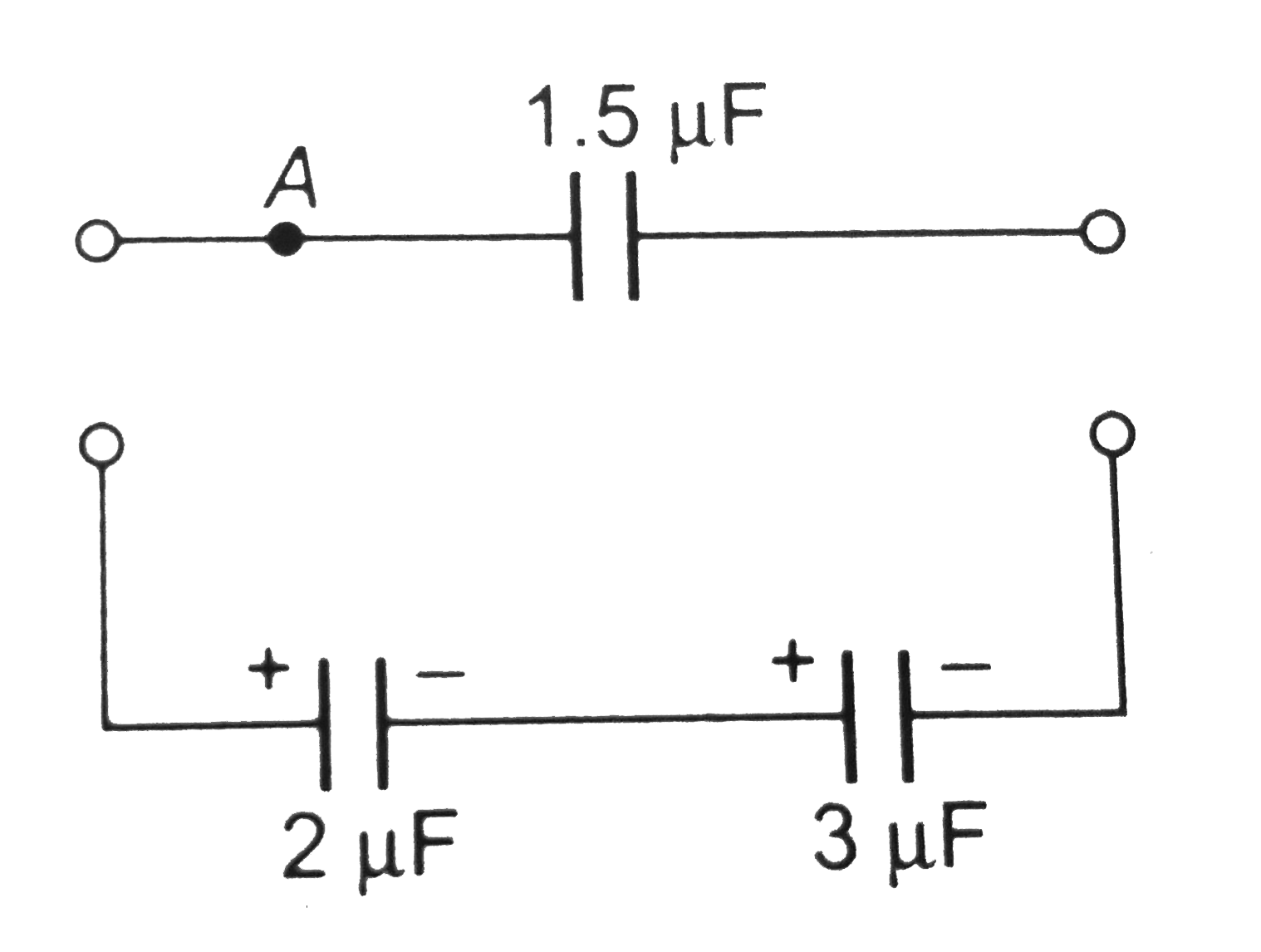
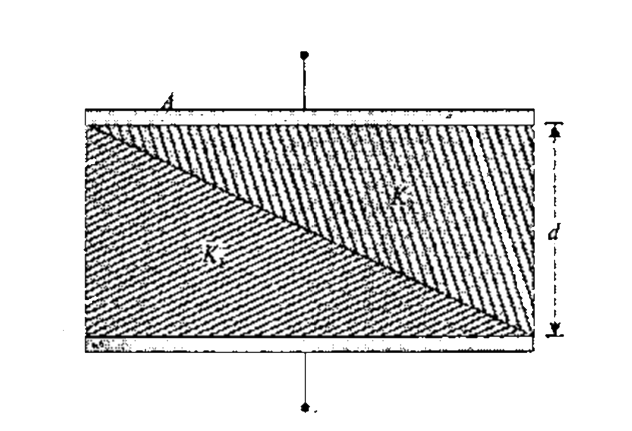
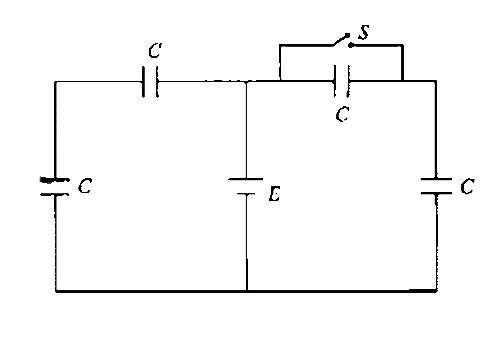
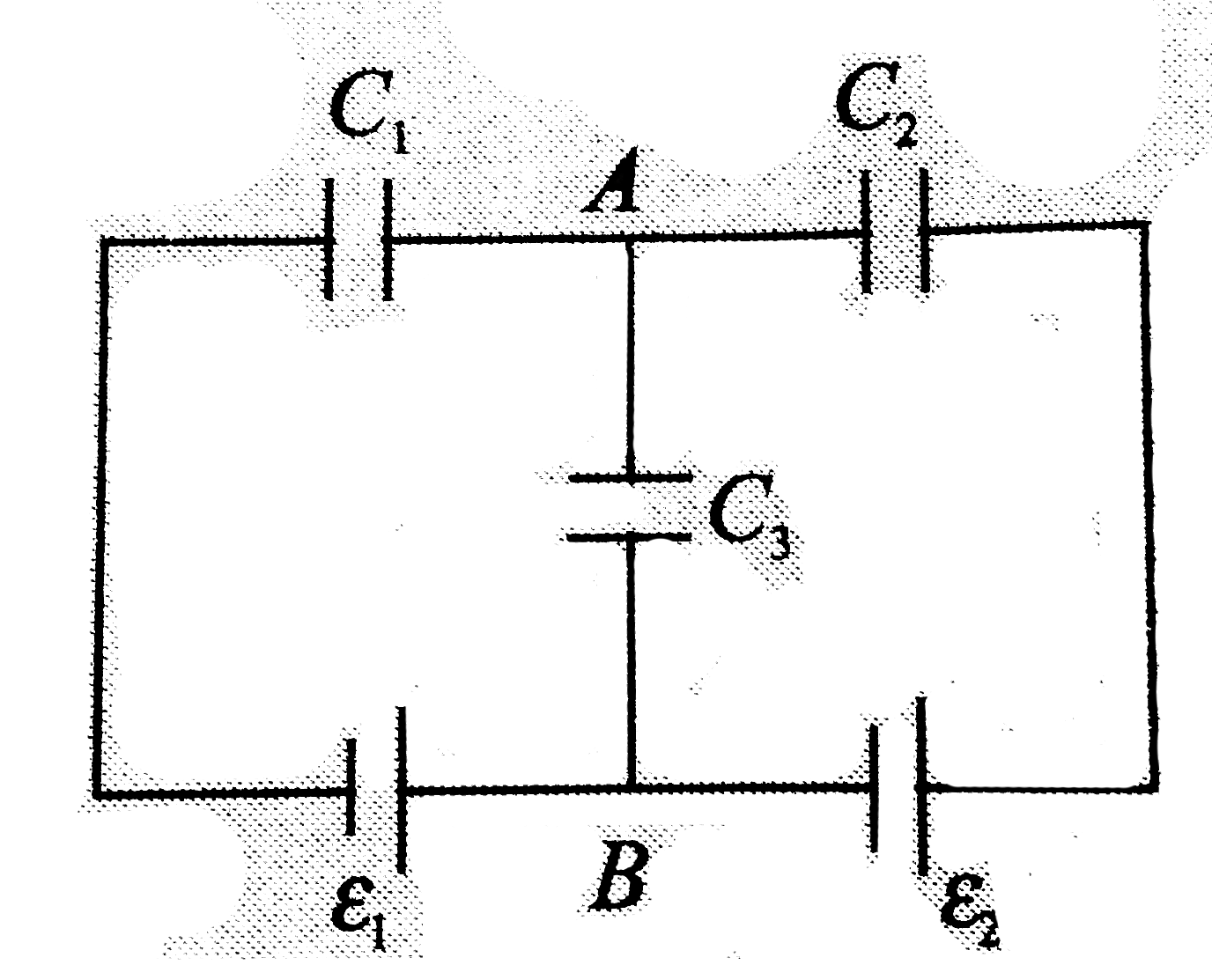 .
. 